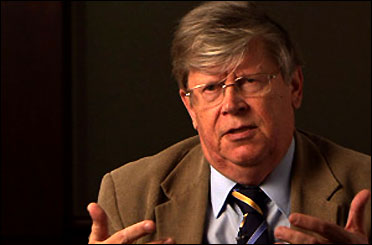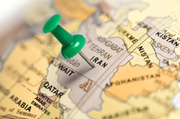Olly Hainon responded, through an email interview, to some questions by Javad Heirannia, of Mehr News International Service. His assessment of the overall picture of the PMD case, the IAEA’s allegations of past concerns about Iran’s program, and a host of other issues are all covered in Hainonen’s ideas:
What is your assessment about the new IAEA report on Iran’ PMD?
The IAEA report, “Final Assessment on Past and Present Outstanding Issues Regarding Iran’s Nuclear Programme,” examines long outstanding concerns about the possible military dimensions (PMDs) of Iran’s nuclear program. Given the reporting time constraint stipulated by the Joint Comprehensive Plan of Action (JCPOA) and limited cooperation provided by Iran on the full range of the Agency’s concerns, the IAEA has done a commendable job in its report.
Do you think according to Yukiya Amano's report, member states of the agency's Board of Governors will vote on closing the PMD file in a session on December 15?
The IAEA report notes that the Agency has not seen any indications that Iran has diverted declared nuclear material for military-related activities. That is good news. Yet it’s unlikely that Iran would divert material from declared facilities. Instead, Tehran would likely use undeclared facilities and materials for such activities. Until the IAEA reaches a broader conclusion that Iran’s nuclear program is peaceful and accounted for, it can’t verify with high confidence that no undeclared activities exist – a certification that is likely many years away. This uncertainty, coupled with the fact that under the JCPOA Iran is permitted to maintain a substantial uranium-enrichment capacity, means that the IAEA will face a significant challenge as it implements its ongoing verification procedures.
Iran has emphasized on closing the PMD for implementing the JCPOA. Do you think that JCPOA will be implemented?
The questions regarding Iran’s nuclear activities remain outstanding. Given the history, extent, and scope of Iran’s nuclear program, it is highly unlikely that this report is the last word on understanding the extent of Iran’s possible nuclear weapons related work. Instead, the IAEA would continue its verification procedures as part of its efforts to reach a broader conclusion.
In the light of the above, the JCPOA’s verification and monitoring procedures need to be reinforced. The 5+1 needs to take additional action before the IAEA confirms that Iran has met its nuclear obligations, triggering sanctions relief set to come on “Implementation Day” (likely in mid-2016). When the new report is brought before the IAEA’s Board of Governors on December 15, it should adopt a resolution based on the following:
- The detection of undeclared nuclear material and activities requires a credible baseline for monitoring and verification. The 5+1 and IAEA should therefore request a complete declaration from Iran of all of its past and present nuclear activities.
- The IAEA needs to provide assurances, with high confidence, that all weapons-related activities have been terminated. The Agency must consequently have direct access to all relevant people and sites.
- The environmental sampling process at Parchin served as a poor precedent for investigations at other locations, including military-related sites. Any future sampling and investigations, in Iran and elsewhere, must be done in-situ by IAEA inspectors and experts.
Olli Heinonen is the former deputy director general of the International Atomic Energy Agency and served as the head of its Department of Safeguards. He is currently a Senior Fellow at the Harvard Kennedy School of Government’s Belfer Center for Science and International Affairs and a member of the Iran Task Force, an independent, non-partisan group of former government officials and nuclear, legal, and sanctions experts.
Interview by: Javad Heirannia
























Your Comment